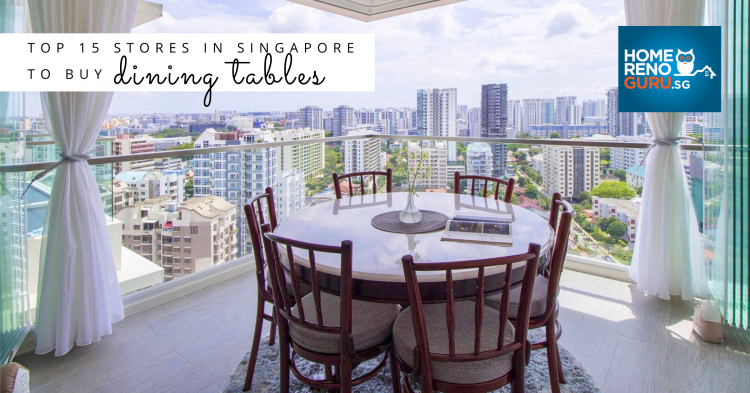
When regular closets don’t cut it anymore, you need a walk-in wardrobe.
These are essentially big closets, about the size of small rooms, that you can walk into. In most cases, walk-in wardrobes adjoin the master bedroom. They are designed like kitchen pantries; a short corridor, leading to a dead end. Various racks and storage drawers adorn both sides of the “corridor”, and the end is a perfect spot for a mirror. In larger homes, walk-in wardrobes may have chairs or even sofas. In very large walk-ins, it’s not unusual to find a dressing table.
Pro: Great For Organisation
The upside to a walk-in wardrobe is organisation. For someone with a lot of shoes, dresses, towels etc., a regular closet is impractical. Walk-in wardrobes remove the need to play Jenga with clothes; no worrying that the whole closet will spill out when you tug at a jacket. A walk-in also spreads out its inventory, so it’s easy to browse. No messing up the room while deciding which shoes / jeans / shirt to wear.
Con: Prone To Misplace
But this upside can become a downside. If a walk-in isn’t well organised, it can actually be worse than an overstuffed closet. There are a lot of nooks and crannies in a walk-in, and it’s easier for something to go missing. If you misplace something in a closet you can just chuck things out till you find it. Lose something in a walk-in and you could spend hours searching.
Pro: Great For Privacy
Another advantage to walk-ins is privacy. Some homeowners may choose to store jewelry in walk-ins, where it’s considerably safer than in a wardrobe. A walk-in is big enough for safe boxes if required; at the very least, it’s easier to conceal valuables in a large room than in a wardrobe. And if you’ve had anyone insist on using a room while you’re dressing, you’ll notice that a walk-in can actually help to ease congestion. Consider: a slow dresser can monopolise the bedroom for hours.
Pro: Maximise Possible Space
Walk-ins also maximise the use of possible space. If you have a room with an odd shape, the little niches can be put to better use as a walk-in. You can use a walk-in to “square off “the niches, or even create triangular walk-ins. Both are more efficient than just hiding the spaces with more décor.
Con: Pay More For Lighting & Carpentry
Since most walk-in closets are dark, lighting is an issue. Be prepared to spend a bit extra on appropriate lighting. Task and accent lighting are a must, which translates to extra wiring and a higher power bill. Also, walk-ins involve a significant amount of carpentry. The furnishings of a walk-in are specific to its shape, so many of the shelves, cupboards, etc. cannot be purchased off-the-rack. This is especially true for smaller walk-in wardrobes, which cannot accommodate the inclusion of full sized dressers or cupboards. That means custom carpentry work, which results in significant cost.
——–
Cover photo courtesy of perfecthomepictures.com







